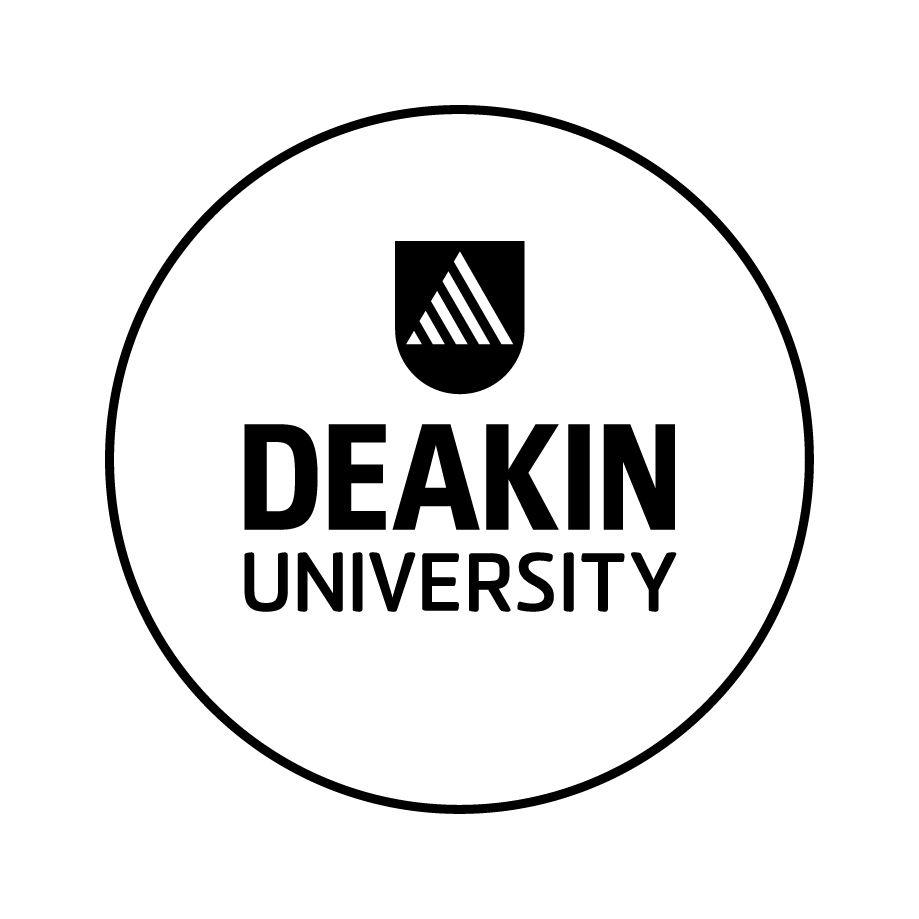Full description
The focus of this data is on the transformation of the village Zavoj in the Republic of Macedonia, due to emigration from the village, recorded through the architectural changes to the houses in the village. The village had become by default a place for the accommodation of elderly people who did not want to join their offspring abroad in the cities of immigration, or in the fringe suburbs of nearby towns.The data documents the ‘material history’ of the houses, and constitutes a longitudinal research project tracing the transformation of the architectural fabric of the village since 1988. It includes visual documentation such as photographs and drawings, and includes the houses as HOUSE-STATES as follows:
House-Traditional: Vernacular architecture still in use and maintained as a dwelling.
House-Construction: Buildings that are still being constructed, the house as ongoing construction site.
House-Fragment: An eMigrant house-fragment is juxtaposed with the vernacular dwelling. Typical and affordable techniques of single brick cavity and reinforced concrete structure are evident in the new fragment.
House-Closed: Many new houses have only one door and one window, height, size and volume are minimal; and are closed a lot of the time.
House-Ruin: Vernacular traditional dwellings that are deteriorating. Traditional vernacular dwellings are rarely renovated, reconstructed or repaired.
The data is complemented by several field-work methods including participant observation, interviews, documentation of the village as a totality, recording of oral histories and myths, festivities, and archival statistical research about the vicinity.
This dataset comprises photographic documentation, sketch/drawing documentation, digital interview recordings, and interview notes.
Issued: 2024-05-17
Created: 2024-05-17
Subjects
User Contributed Tags
Login to tag this record with meaningful keywords to make it easier to discover
Identifiers


